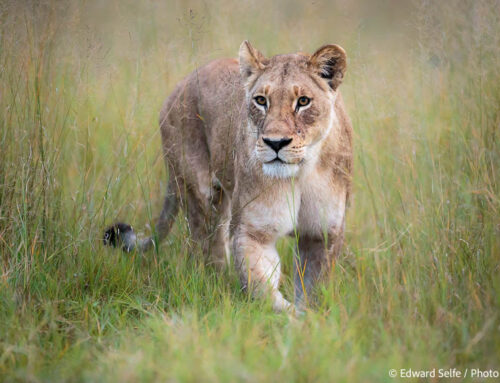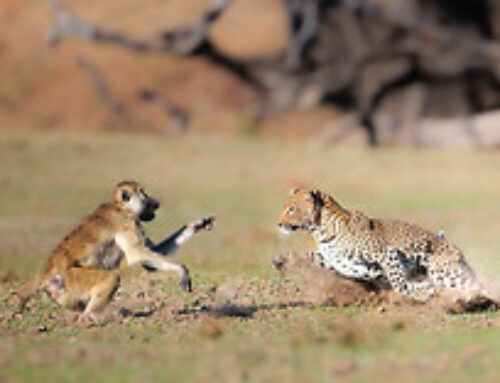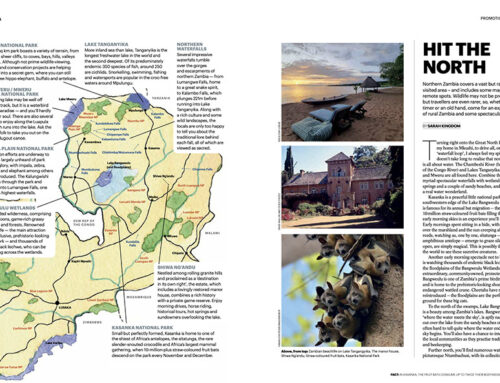With so much game so easily accessible in the Luangwa Valley, where I have spent many years as a guide, I prepared myself to be slightly disappointed in the Kafue, expecting that it would feel rather empty by comparison. It is known for many things; for its diverse range of antelope species, for its size, for its tsetse flies and for its vastness and wildness. To some extent, all of these are true but they only tell part of the story.
Staying at the excellent camps of JM Safaris in the central and northern Kafue, I was treated to excellent camps and guiding (that much I expected from two of the best in the business) and a wonderful wildlife experience (which was rather more unexpected!). Between their two camps, they have created a product that capitalises on the diversity and size of the National Park, which is the park’s key selling point.
In the central part of the park, the bush varies depending on distance from the river. Close to the bank are large, mature trees that overhang the water; behind them are grassy dambos and flooded channels interspersed by termite mounds; further inland still and you start to reach miombo woodland which is characterised by widely-spaced, narrow-trunked trees. All habitats support a diversity of life and give a range of backdrops against which to enjoy all the headline game species.
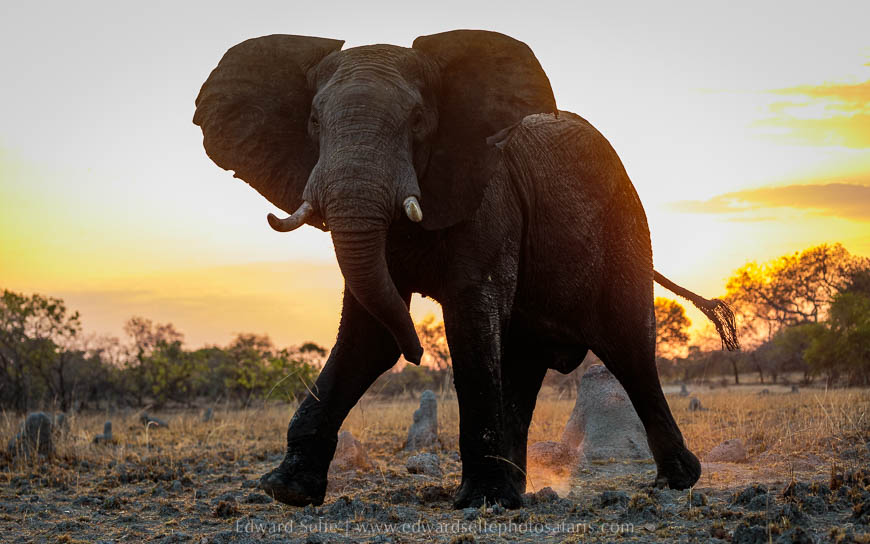
And we certainly enjoyed the headliners! Around the central sector of the park, we saw elephant in large numbers, leopard feeding and then catching a puku calf, and excellent bird life in the floodplain in front of the camp. We also had numerous encounters with the local lion pride, though they actually never gave us any good photo chances, but it’s clear that they are around the camp on a daily basis in the dry season. There were also brief sightings of roan antelope – a real Kafue speciality – and the chance of wild dogs at any time. The guides at the camp have found the dogs’ dens on several occasions.
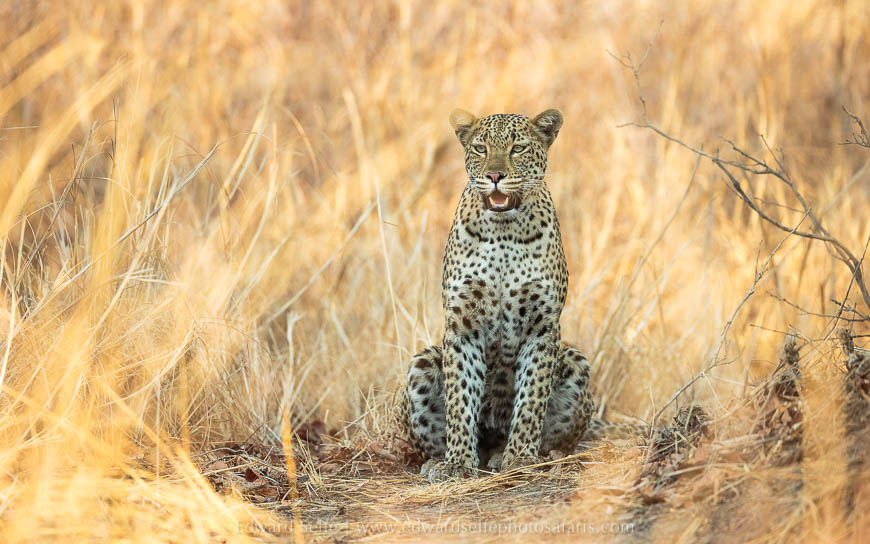
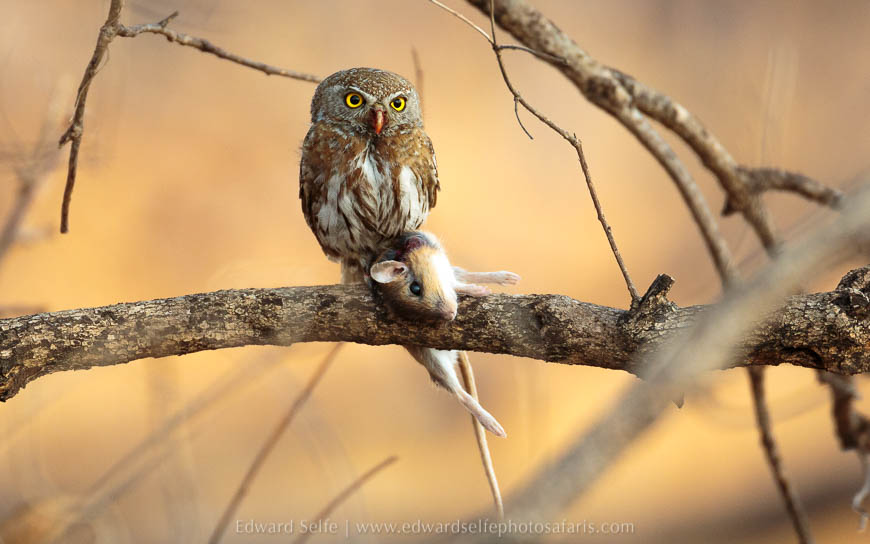
The Kafue river is wide and deep enough to boat on at all times of the year. This gives an alternate perspective of the bush and, in the hot months, is one of the best ways to find big game which chooses to hang out along the banks, often resting on the wet sand in the shade of the large waterberry trees. There is also great birding along the banks, with African finfoot, several kingfisher species and, a real treat, a colony of nesting African skimmers which can be enjoyed on one of the sand islands later in the season.
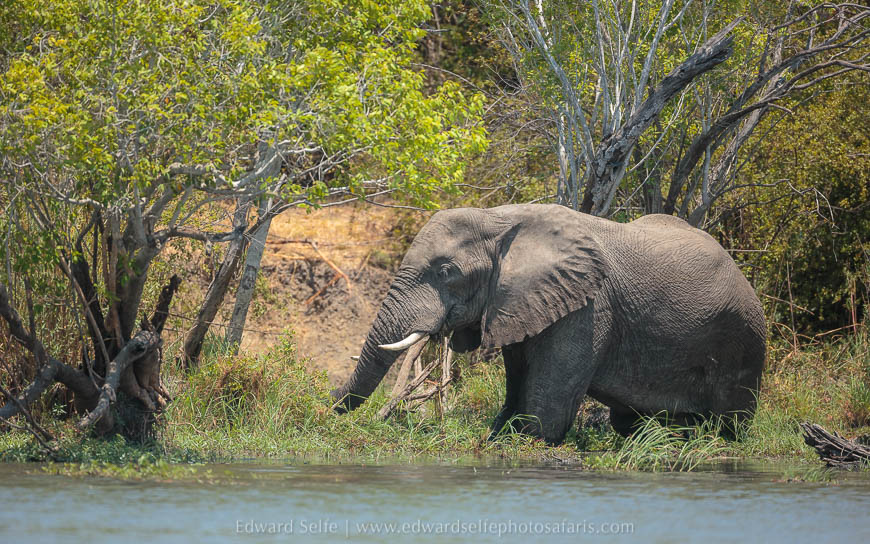
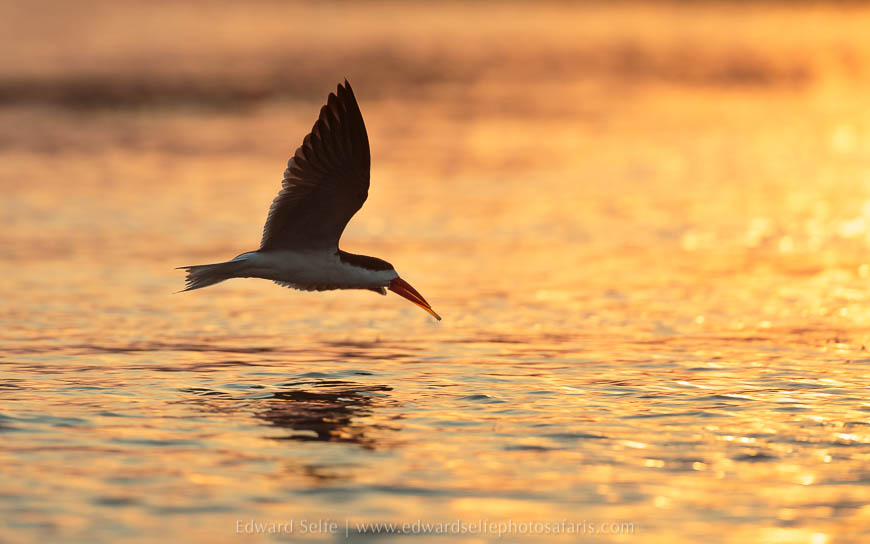
There are sightings enough for 4 or 5 days at Musekese but, with the promise of more to see in the northern Busanga Plains area, it is exciting to move to Ntemwa-Busanga camp, at the southern end of the famous plains. Here the habitat is totally different, and there’s a feeling that you have arrived in a new country, rather than just another part of the same national park.
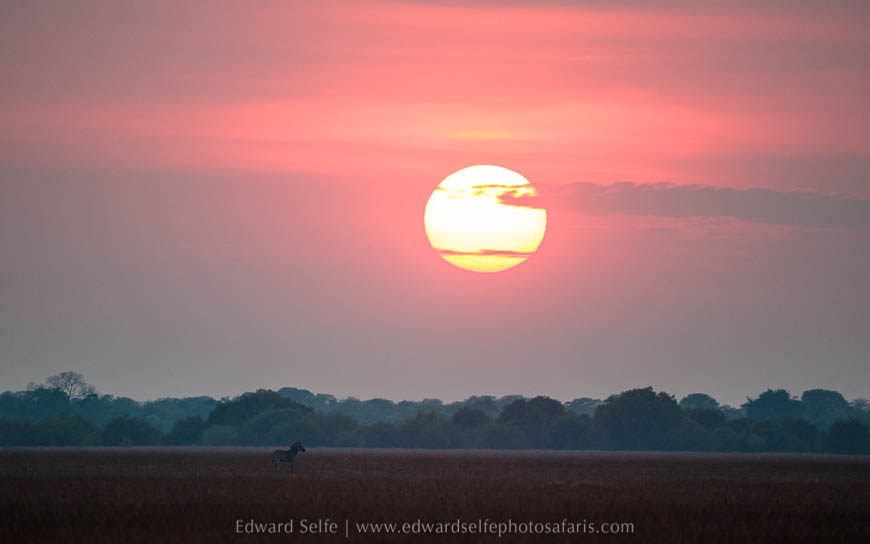
Here, big skies, large herds and massive views dominate proceedings; sable antelope are found in great numbers, the males’ jet black coats visible as conspicuous interruptions to the soft grassy horizon. Wildebeest are prevalent too, as well as roan and hartebeest. It’s a very rich habitat and one that is strongly conducive to photography; open plains give options for varying the angle of the light and bringing attention onto the subjects with soft backgrounds.
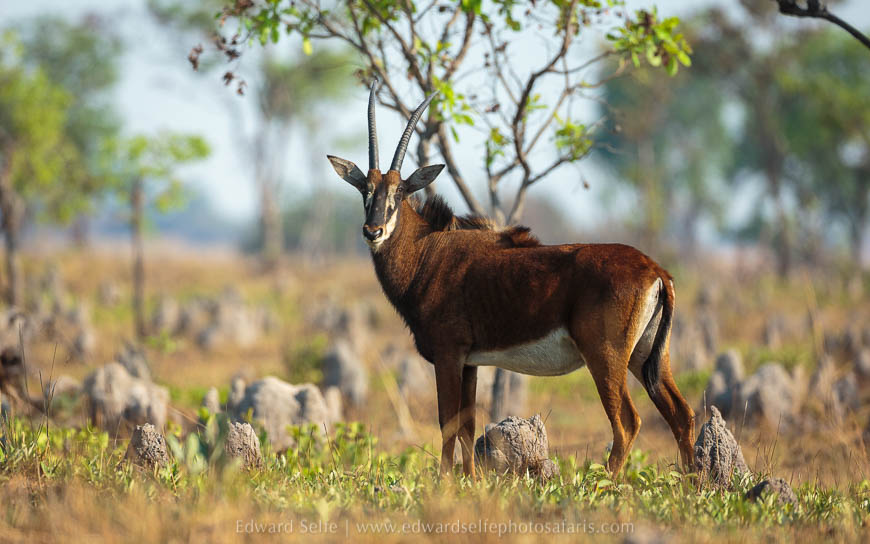
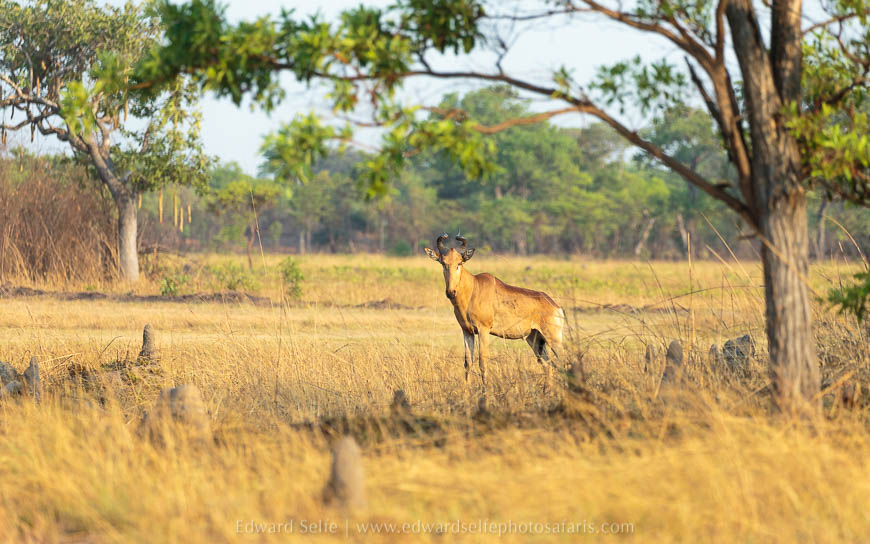
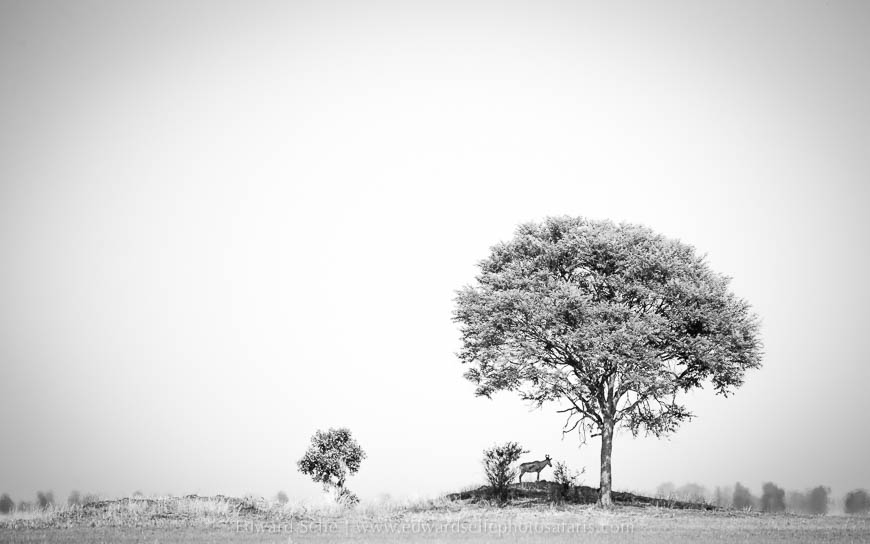
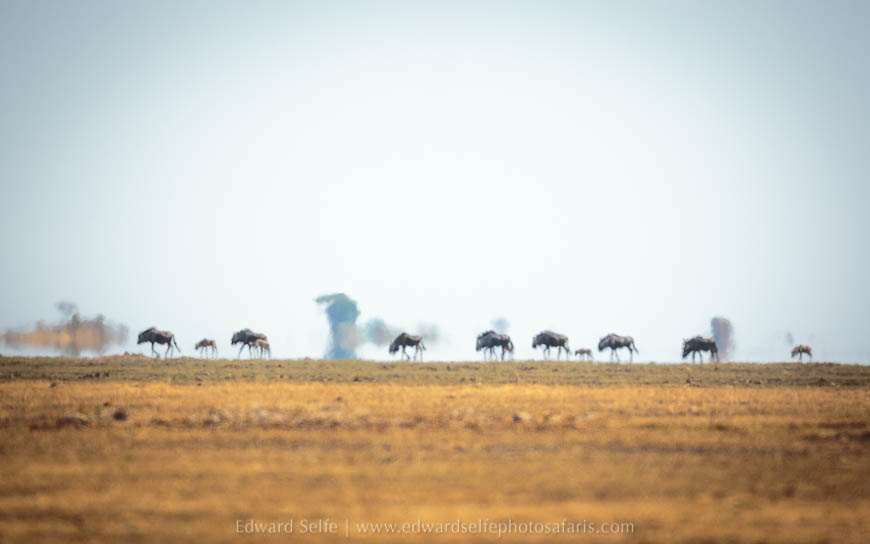
On the northern fringes of the Busanga plains, almost at the northern boundary of the park, the most numerous herds are lechwe, forming distinct groups patrolled by males with long, forward pointing horns. Built especially for life in flooded marshes, they are ungainly on land and can be identified in an instant by their awkward gait and raised rumps.
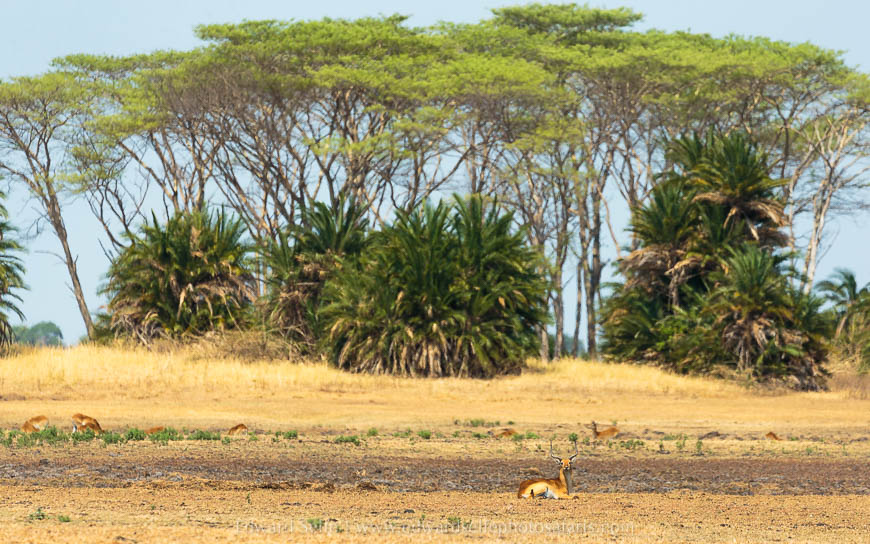
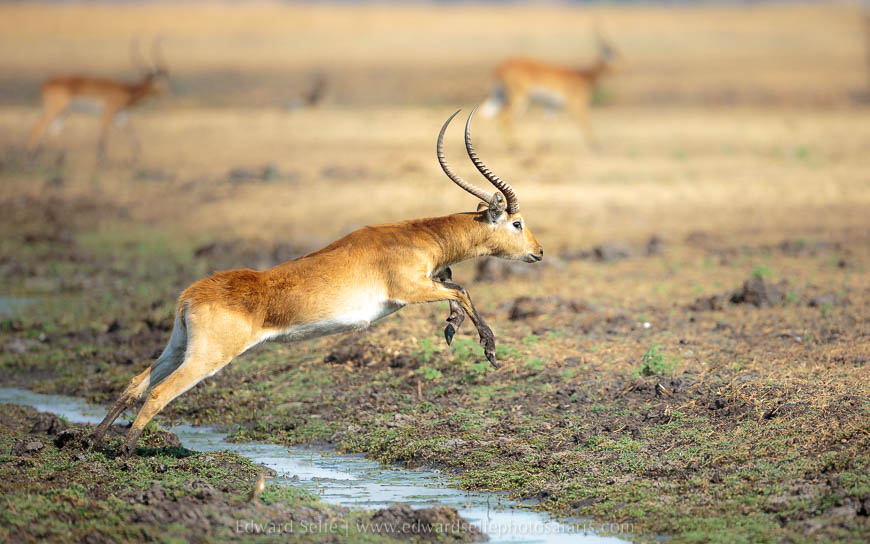
They are relatively easy prey for the Papyrus pride which can readily be found along the waterways, either feeding or digesting the latest lechwe kill. They are well worth looking for, as the males are impressive specimens with dark manes and muscular shoulders. Even the young males show the promise of what they will become!
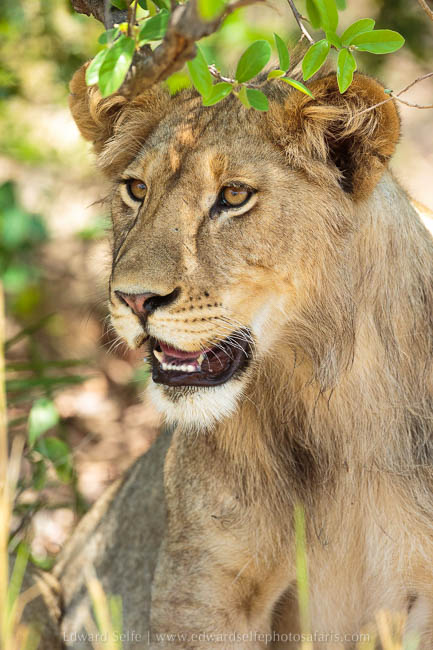
And, if you are fortunate, and watch out for the signs, your trip will be crowned by an encounter with one of the Kafue’s most elegant residents. A small population of cheetah exist here, but in the dry season, they can be found anywhere in the park. The promise of a cheetah sighting in such surroundings will keep me going back to Kafue, and taking my guests to enjoy this spectacular place.
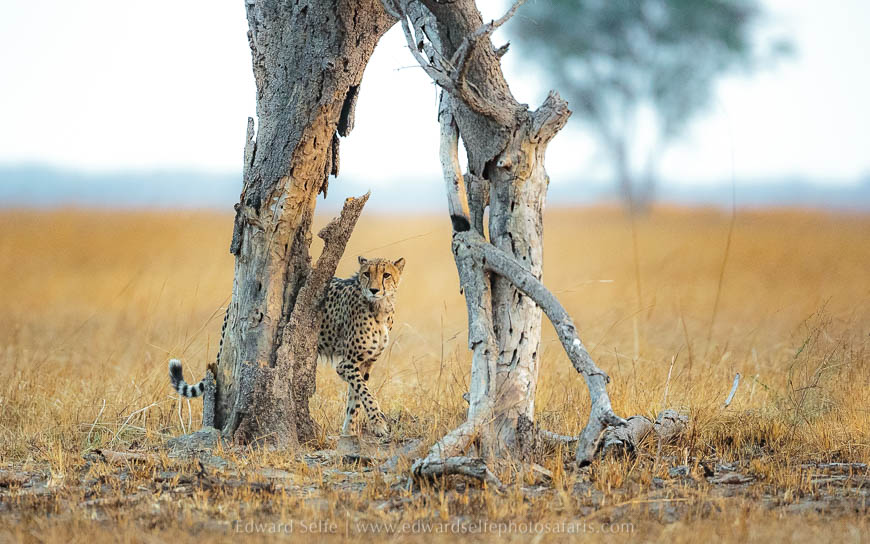
I have already filled two tours to the Kafue National Park in 2021 and I have others who are interested for 2022. If you’d like to know more, please get in touch or have a look at the tour on my Safaris page. It makes a superb standalone tour, or a pairing with South Luangwa or Lower Zambezi.

